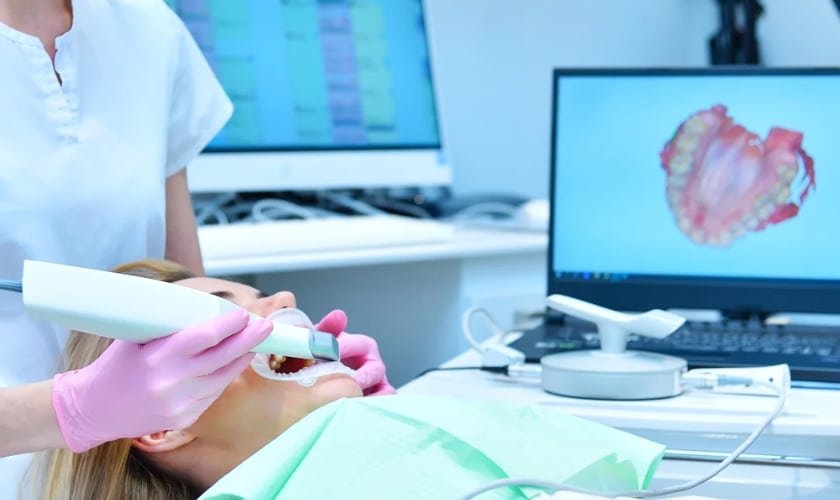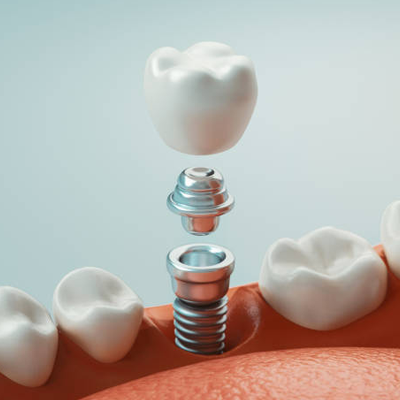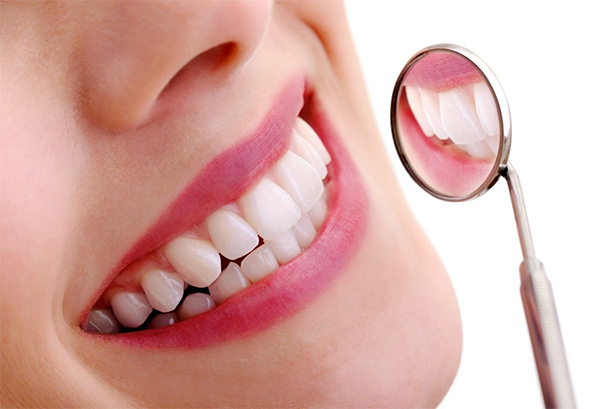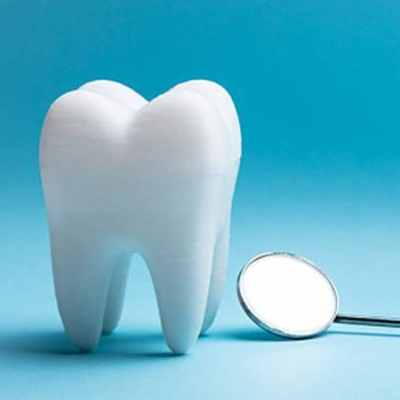
The Power of Technology in Fighting Oral Cancer: A Look at the Role of Intra-Oral Cameras in Early Detection
As technology continues to advance, so does its role in improving our health. When it comes to oral cancer, early detection can be crucial in increasing the chances of survival. With the help of intra-oral cameras, dental professionals are able to detect abnormalities and potential signs of oral cancer at an earlier stage than ever before. In this blog post, we will explore the power of technology in fighting oral cancer, specifically taking a closer look at how intra-oral cameras are playing a vital role in early detection. So buckle up and get ready to discover the incredible impact that technology is having on our fight against this deadly disease!
What is an Intra-Oral Camera?
An intra-oral camera is a small, hand-held camera that is used to take pictures or video of the inside of the mouth. The images can be viewed on a monitor, computer screen, or smartphone. Intra-oral cameras are often used by dentists and dental hygienists to get a close up view of the teeth and gums. They can also be used to detect oral cancer at an early stage.
Intra-oral cameras are becoming more popular in dental offices as they offer many benefits over traditional x-rays. For one, they do not emit any radiation. Second, they provide a clear, high-resolution image that can be magnified for closer examination. Third, they allow the dentist or hygienist to take images of hard-to-reach areas in the mouth that would be difficult to see with the naked eye.
One of the biggest advantages of intra-oral cameras is that they can help detect oral cancer at an early stage. Oral cancer is often symptomless in its early stages, so it is important to catch it before it becomes more advanced. Intra-oral cameras allow dentists and hygienists to get a close up view of the inside of the mouth so that they can look for any signs of cancerous lesions. If caught early, oral cancer is highly treatable and has a high survival rate.
Overall, intra-oral cameras offer many benefits over traditional x-rays and are
How Does It Help in Early Detection of Oral Cancer?
Oral cancer is a serious disease that can be difficult to detect in its early stages. However, intra-oral cameras are a powerful tool that can help dentists and other healthcare professionals identify potential oral cancer lesions.
These small, handheld cameras allow users to get a close-up view of the inside of the mouth, including hard-to-see areas like the back of the throat. This gives practitioners a much better chance of identifying precancerous lesions or early-stage tumors.
Intra-oral cameras are already being used in many dental practices across the country and they are becoming more widely available. This technology has the potential to significantly improve early detection rates for oral cancer and save lives.
Benefits of Using Intra-Oral Cameras for Oral Cancer Screening
The use of intra-oral cameras for oral cancer screening has become increasingly popular in recent years. This is due to the fact that intra-oral cameras offer a number of benefits when it comes to oral cancer screening.
One of the biggest benefits of using intra-oral cameras for oral cancer screening is that they allow dentists to get a close-up look at the inside of the mouth. This close-up view allows dentists to more easily identify any abnormal tissue growths or lesions that could be indicative of oral cancer.
Another benefit of using intra-oral cameras for oral cancer screening is that they can help to speed up the process. This is because dental professionals can take pictures of suspicious areas and then send them off to be analyzed by specialists. This can help to speed up the diagnosis process and ensure that patients receive treatment as quickly as possible.
Finally, intra-oral cameras can also help to improve the accuracy of oral cancer screenings. This is because these cameras can provide dental professionals with a clear view of hard-to-see areas in the mouth, which can often be missed during traditional visual exams.
Overall, there are many benefits associated with using intra-oral cameras for oral cancer screening. These benefits include the ability to get a close-up view of the inside of the mouth, speed up the diagnosis process, and improve the accuracy of screenings. If you are interested in getting an intra-oral camera for your practice, be sure to talk to your dental
Common Risk Factors for Oral Cancer
There are several risk factors that can contribute to the development of oral cancer. These include:
-Tobacco use: This is the most important risk factor for oral cancer. Smoking cigarettes, cigars, or using other tobacco products increases the risk of developing oral cancer.
-Alcohol use: Drinking alcohol also increases the risk of developing oral cancer.
-Betel nut use: Chewing betel nuts can increase the risk of developing oral cancer, especially in people who also smoke tobacco or drink alcohol.
-Human papillomavirus (HPV) infection: HPV is a virus that can cause certain types of cancers, including oral cancer. People who have HPV are more likely to develop oral cancer than people who do not have HPV.
-Older age: The risk of developing oral cancer increases with age. Most cases occur in people over the age of 40.
-Sun exposure: People who have a lot of exposure to sunlight are at increased risk for developing lip cancer.
Tips for Prevention and Early Detection
While there is no guaranteed way to prevent oral cancer, there are some measures you can take to reduce your risk. Quitting smoking and cutting back on alcohol consumption are two of the most important things you can do. Other lifestyle changes that may help include eating a healthy diet and limiting your exposure to UV radiation.
In addition to making healthy lifestyle choices, it’s also important to be aware of the signs and symptoms of oral cancer so that you can catch it early. The earlier oral cancer is detected, the better the chance of successful treatment. Intra-oral cameras are one tool that can be used for early detection. These small, handheld cameras allow your dentist or doctor to get a close-up view of the inside of your mouth, making it easier to spot any suspicious areas.
If you are concerned about your risk of oral cancer, talk to your dentist or doctor about what steps you can take to reduce your risk and improve your odds of early detection.
Conclusion
Technology has revolutionized the way healthcare professionals diagnose and treat oral cancer. The use of intra-oral cameras has made early detection much easier and more accurate, giving patients a better chance at successful treatment. This technology is still in its infancy but shows great promise for the future as researchers continue to develop methods that will further improve our ability to detect oral cancers earlier on in their development. With this improved technology, we are one step closer to making sure everyone gets the care they need before it’s too late.
Intra-oral cameras are small, handheld cameras that are used to take pictures or video of the inside of the mouth. They are often used by dentists and oral health care professionals to get a close-up view of the teeth and gums.
Intra-oral cameras can be used to help detect early signs of oral cancer. When used in combination with a visual examination, they can help identify suspicious areas that may need further investigation. Additionally, they can be used to monitor changes in the mouth over time, which can be helpful in detecting cancer that has returned after treatment.
Yes, intra-oral cameras are generally considered safe. There is no radiation involved in using them, and they pose no known health risks.







